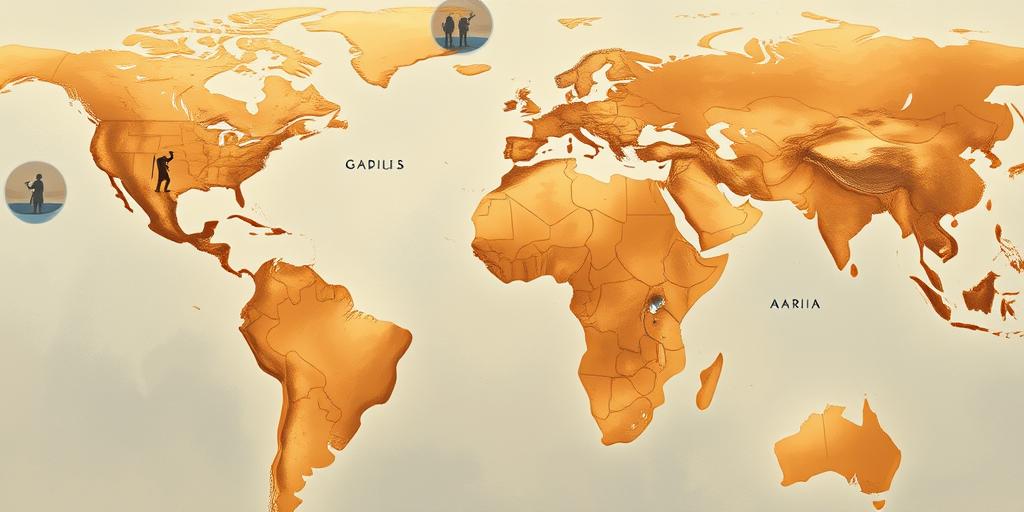Resource Scarcity and International Relations
Resource scarcity, the insufficient availability of essential natural resources to meet the demands of a given population, has become an increasingly critical factor in international relations. This scarcity, driven by factors such as population growth, climate change, and unsustainable consumption patterns, has the potential to exacerbate existing tensions and create new conflicts between nations.
The Nexus of Resource Scarcity and Conflict
Resource scarcity can contribute to conflict in several ways:
- Direct Competition: Nations may engage in disputes over access to vital resources such as water, oil, and minerals. This is particularly evident in regions where resources are transboundary, meaning they are shared by multiple countries.
- Internal Instability: Scarcity can lead to social unrest and political instability within countries, potentially spilling over into neighboring states. For example, food shortages can trigger protests and government instability.
- Exacerbation of Existing Tensions: Resource scarcity can worsen pre-existing ethnic, religious, or political tensions within and between countries, making conflict more likely.
- Forced Migration: Environmental degradation and resource scarcity can displace populations, leading to migration and potential conflicts with host communities.
Case Studies: Resource Scarcity in Action
Several regions around the world offer examples of how resource scarcity impacts international relations:
- The Nile River Basin: Multiple countries, including Egypt, Sudan, and Ethiopia, depend on the Nile River for their water supply. Ethiopia's construction of the Grand Ethiopian Renaissance Dam (GERD) has raised concerns in Egypt and Sudan about reduced water flow, leading to diplomatic tensions.
- The South China Sea: Disputes over control of islands and maritime resources in the South China Sea involve multiple countries, including China, Vietnam, the Philippines, and Malaysia. The area is rich in oil and gas reserves, and control of the sea lanes is strategically important.
- The Arctic: As climate change melts Arctic ice, new opportunities for resource extraction and shipping routes are emerging. This has led to increased interest and competition among countries bordering the Arctic, including Russia, Canada, the United States, Denmark, and Norway.
Addressing Resource Scarcity in International Relations
Mitigating the negative impacts of resource scarcity on international relations requires a multifaceted approach:
- Sustainable Resource Management: Implementing policies that promote efficient resource use, reduce waste, and protect ecosystems is essential.
- International Cooperation: Agreements and institutions that facilitate the sharing of resources and the resolution of disputes are crucial.
- Investment in Technology and Innovation: Developing new technologies that can increase resource efficiency, such as renewable energy and water desalination, can help alleviate scarcity.
- Climate Change Mitigation and Adaptation: Reducing greenhouse gas emissions and adapting to the impacts of climate change can help prevent further environmental degradation and resource scarcity.
- Promoting Peace and Stability: Addressing underlying political and social tensions can reduce the likelihood of conflict over resources.
Conclusion
Resource scarcity is a growing challenge in international relations, with the potential to exacerbate conflicts and undermine stability. By adopting sustainable resource management practices, fostering international cooperation, and investing in innovative solutions, the global community can mitigate the risks associated with resource scarcity and promote a more peaceful and prosperous future.









